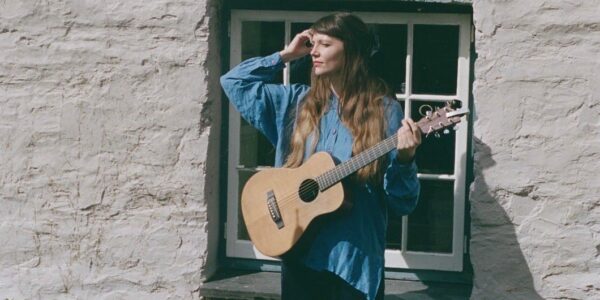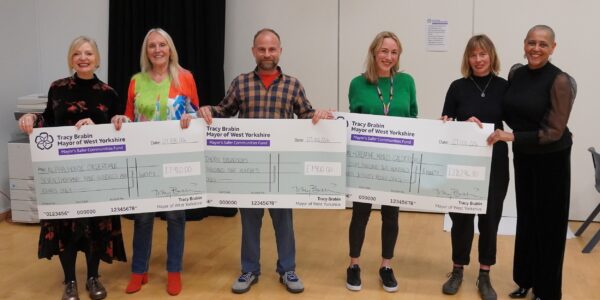Maps tell Stories
16 Jul 2013 / Lumb Bank
Claire Dean who co-tutored the Short Story Course at Lumb Bank with Nicholas Royle in May 2013, explains her mapping workshop…
Maps tell stories. Cartographers make decisions about what to put in and what to leave out, consciously shaping the way they represent the world. To me, this feels akin to fiction writing, and particularly to the writing of short stories, in which every detail holds weight, and words and sentences must create worlds with concision. In the final workshop of the Short Story week at Lumb Bank, I asked the writers to make a communal map of Lumb Bank, delineating both the interior and exterior landscape as they had experienced it during the week.
The centre point was marked out with the dining room door. This was the gateway between the warm, comfort-laden interior of the house, and the gardens looking out towards the ever-stirring trees on the ridge. From this gateway, with the aid of copious stationary, the map spread. Someone wrote ‘Stories’ across the dining room table (a miniature constructed from paper of the one we worked around) and then stories were sprinkled onto it like confetti. The writers marked out not just landmarks and objects, but incidents that had stayed with them. They named and labelled hidden corners and views. Secrets and thoughts were tucked into envelopes. Goldfinches appeared everywhere. A line-drawn M John Harrison, whose wonderful guest reading and discussion had reverberated throughout the rest of the week, took up residence in the barn.
Many writers had found and laid claim to a place as theirs during their time at Lumb Bank. With mornings given over to workshops and afternoons to one-to-one tutorials, there was plenty of opportunity for the writers to do that thing which can feel so difficult out in the ‘real world’: to sit and write. Of these places one particularly stood out, Margaret’s shed, a little writing shed in the vegetable garden, missing its window but still providing enough shelter from the rain. Margaret writes about it in the group’s virtual shed here: http://margaretsshed.weebly.com/
When the map was finished I asked the group to choose a place on the map, either one of their own or someone else’s, and to go there and write. Nobody seemed lost at this suggestion, they all headed out with notebooks in hand, whether it was to write in front of the piano, or in a laundry cupboard by a sliver of light, or beside an old mill chimney in the woods (which my co-tutor, Nick Royle, had assured me didn’t exist below the canopy of beech leaves).
Many fantastic pieces of writing were produced during the exercise and there was real sense these pieces would continue to grow. As for the map, it was ceremonially composted. I tried to photograph every part of it first, so there would be a record of it for us all to return to – a gateway back into an extraordinary and enlivening week full of good company and inspirational writing. The photographs couldn’t really capture it, but we who were there are lucky; we get to carry that particular map round in our heads.





